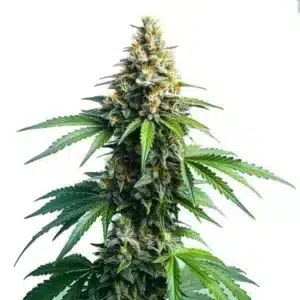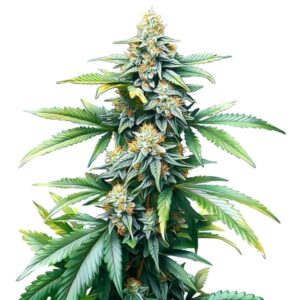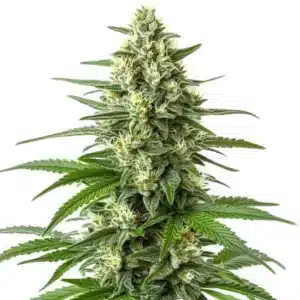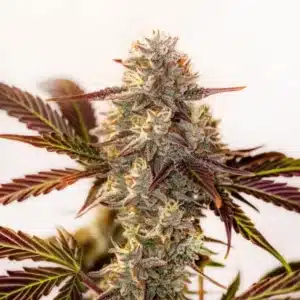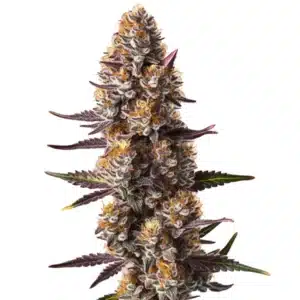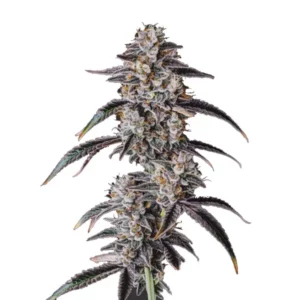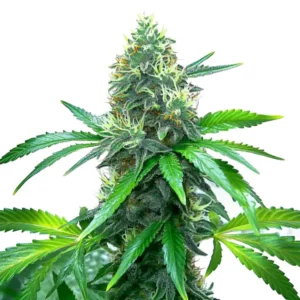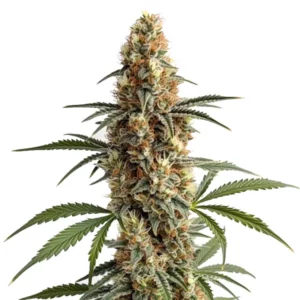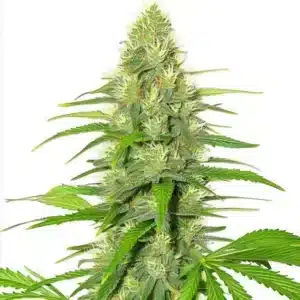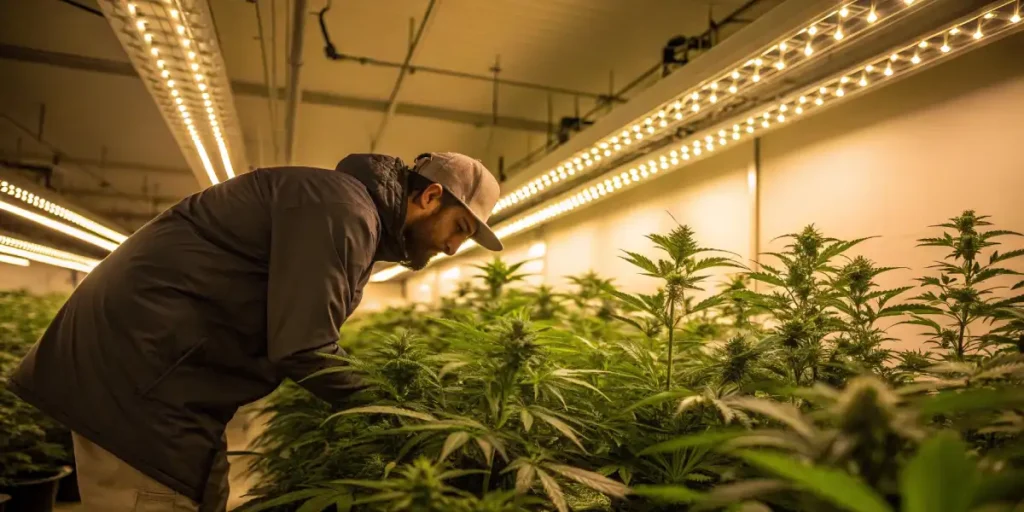
Photosynthetic Efficiency in Cannabis: A Key Factor for Plant Growth
Photosynthesis is a fundamental process that drives growth in all green plants, including cannabis. The efficiency of this process directly influences the health, yield, and potency of your crops. Improving photosynthesis involves optimizing conditions like light, temperature, carbon dioxide (CO2), and water.
The strain of cannabis can also affect photosynthetic efficiency. Some strains, like OG Kush, can tolerate higher light intensity, while others, like White Widow, are more resilient in various growing conditions. Understanding the relationship between strains and their growth characteristics can help you select the most suitable varieties for your specific environment.
Recommended Strains
Afghan Kush
|
|
THC | 16% - 21% (Medium) |
|
|
Type | Feminized |
|
|
Yield | Medium |
|
|
Phenotype | 90% Indica / 10% Sativa |
Afghan Kush Regular
|
|
THC | 18% - 22% (Medium) |
|
|
Type | Regular |
|
|
Yield | Low |
|
|
Phenotype | 90% Indica / 10% Sativa |
Techniques to Increase Cannabis Photosynthetic Efficiency
There are several techniques you can employ to increase the photosynthetic efficiency of your plants.
One of the most effective methods is to manage light conditions. Cannabis plants need plenty of light, but too much can cause stress. For indoor grows, this also means covering the walls with a reflective material like Mylar or flat white paint. This ensures that light is bounced back onto the lower parts of the plant that are usually in shade, allowing them to photosynthesize properly.
Another useful technique is to maintain the right temperature and humidity. Cannabis plants prefer a warm but not hot environment, with temperatures around 70-85°F (20-30°C) and humidity between 40-60%.
Improving photosynthesis also involves managing CO2 levels. This is especially critical for indoor grows. You need good air renewal with an intake and exhaust system because plants consume a lot of CO2 from the air in a sealed space. Without it, the air quickly becomes stale and depleted, stalling photosynthesis.
Physical plant maintenance also plays a role. Plants “breathe” and exchange gases through pores (stomata) on the underside of their leaves. It is very helpful to periodically clean the underside of the leaves by spraying them with water. This removes accumulated dust and pests that can clog these pores, which greatly helps photosynthesis.
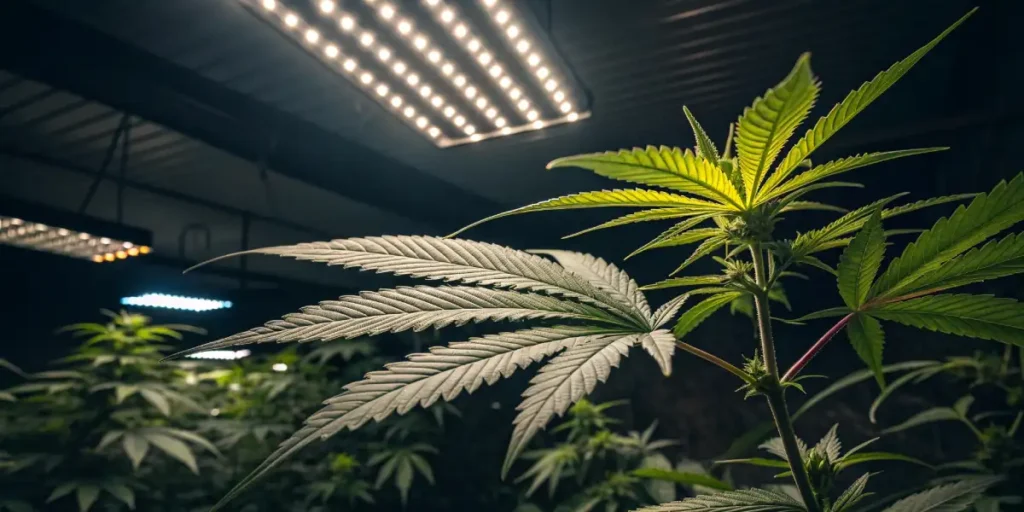
A Note on Respiration: The Night Cycle
While plants produce oxygen during photosynthesis in the day, it’s important to remember that the process reverses at night. During the dark period, plants engage in respiration, consuming oxygen and releasing CO2, just like humans do. For this reason, it is not recommended to sleep in the same sealed room as a large number of plants, as they will compete for oxygen throughout the night.
Boosting Photosynthetic Efficiency with the Right Cannabis Strain
Choosing the right strain can also help. If you’re growing in a region with plenty of bright sunlight, a strain like Mamba Negra could be a good choice. However, if you’re working with indoor grow lights or less sunlight, a more flexible strain like White Widow might be better. By selecting a strain that is well-suited to your climate and conditions, you can further enhance the development of your cannabis plants.
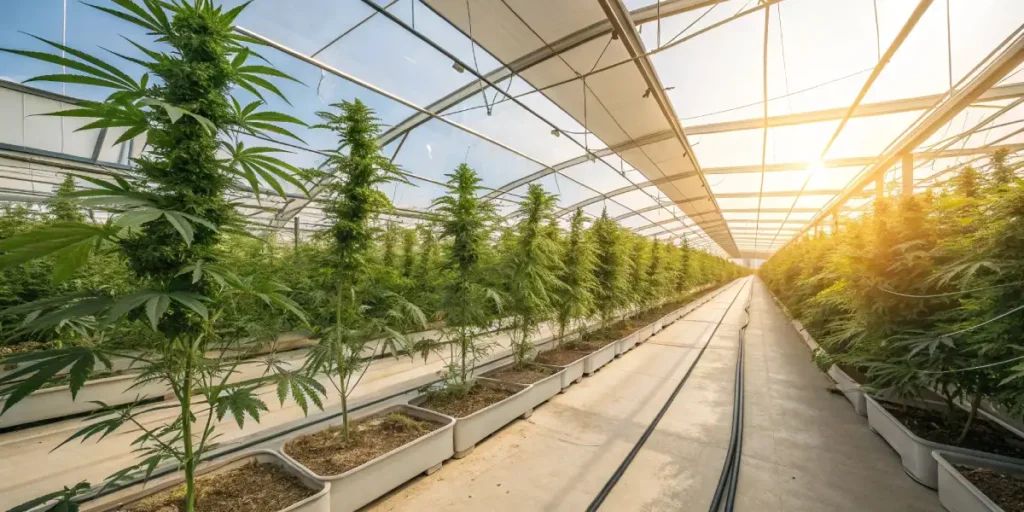
Promos & Deals
FAQs about Photosynthetic Efficiency in Cannabis
What is the function of photosynthesis in cannabis growth?
Photosynthesis is how cannabis plants convert light energy into chemical energy (sugars) to fuel their growth. High efficiency means more energy, leading to more robust growth, higher yields, and better development of cannabinoids and terpenes.
Why is photosynthetic efficiency important for cannabis cultivation?
It directly impacts the plant’s health, growth rate, and yield. Efficient plants are stronger, more resilient to pests and diseases, and produce higher quality crops, which increases the profitability and sustainability of the cultivation.
What factors affect photosynthetic efficiency in cannabis?
The primary factors are light (intensity and duration), temperature, CO2 levels, and water availability. Additionally, soil quality, nutrient availability, and the overall health of the plant (free from pests and diseases) are crucial.
Can the strain of cannabis affect photosynthetic efficiency?
Yes. Different strains have evolved to thrive in different environments. Some, like OG Kush, may perform better under high light, while others are more adaptable to various conditions. A strain’s genetic makeup influences its photosynthetic capabilities.
How can I improve the photosynthetic efficiency of my cannabis plants?
Optimize the key factors: manage light exposure (using reflective walls indoors), maintain ideal temperature and humidity, ensure good air exchange to replenish CO2, and provide the right amount of water. Proper plant care, like cleaning the leaves, also contributes.


